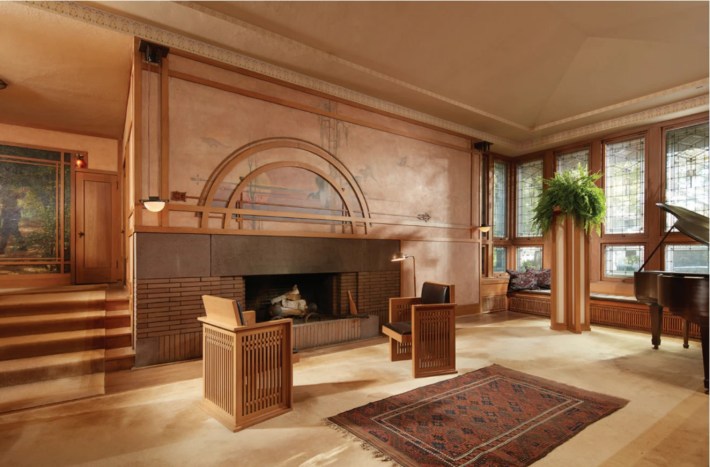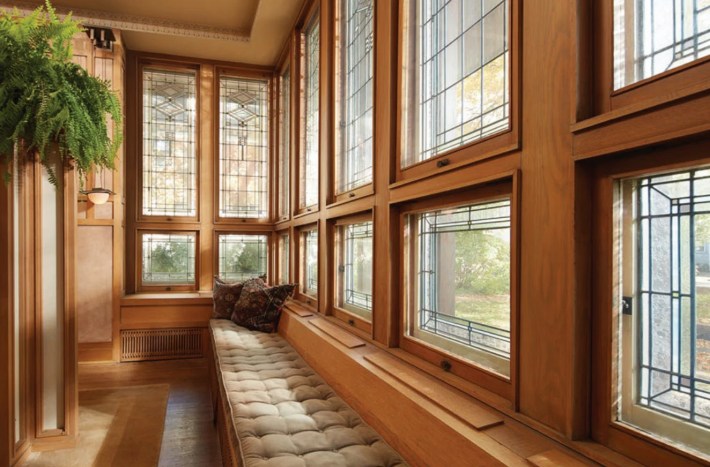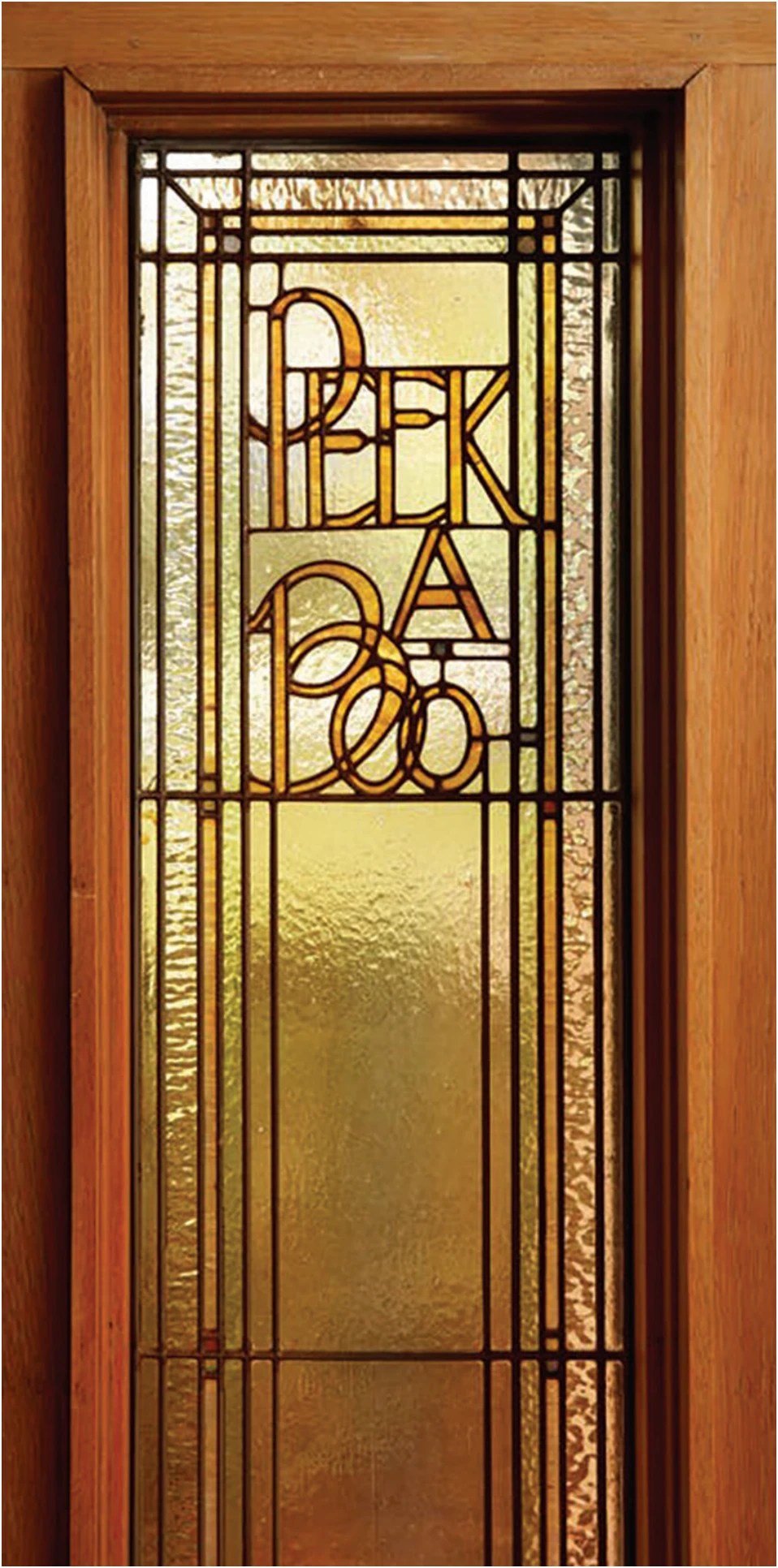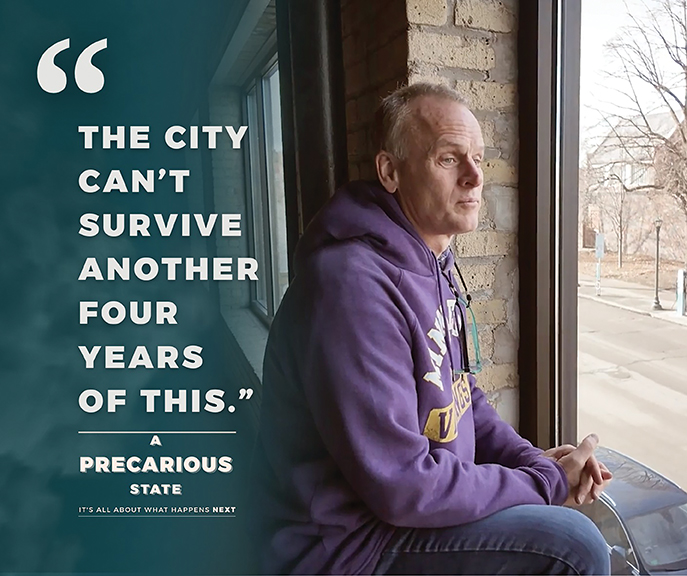At the turn of the 20th century, an architectural movement in both Europe and America reacted to illnesses affecting the population, mainly tuberculosis.
In his book, The Last Crusade: The War on Consumption, 1862–1954, Mark Caldwell states that tuberculosis of the lungs — “consumption” — was the leading cause of death in 19th-century America, and that by the mid-1800s, it had claimed millions, if not tens of millions, of lives worldwide. By 1900 it was still killing a seventh of the human race. Not much was known about treatment throughout the 1900s, and prior to the discovery and use of antibiotics, treatment was limited to the method of patient care. As late as the 1940s, it continued to cause more deaths than any other contagious disease.
In 1882, German physician Robert Koch isolated Mycobacterium tuberculosis, the tiny rod-shaped bacterium that causes the disease. This led to the realization that the microscopic organisms traveled on dust particles or
airborne droplets, providing physicians two approaches to slow the disease: isolating the infected and keeping them as inactive as possible.
Doctors in Europe concluded that, since TB affects the lungs, patients who received lots of fresh air would improve. Sanatoriums were built to offer patients space and fresh air away from polluted, crowded cities. The first American sanatorium for pulmonary tuberculosis was established in 1875 by a Bavarian, Joseph Gleitsmann, in Asheville, North Carolina. Not only was the mountain air beneficial — so was the hygienic design of the space and furniture.
Residential architects began to design homes that offered a similar environment. Prairie School architects, led by Frank Lloyd Wright, rejected the Victorian style with its heavy drapes, ornate furniture and crowded rooms; all of these features increased dust and dirt in the home. Instead, they sought to design homes that were cleaner both in style and hygiene.
Purcell and Elmslie, an architecture firm in Minneapolis, followed this school of thought. William Purcell, who had worked briefly for architect Louis Sullivan, designed a house with his wife Edna for the family including their two sons in 1913 with these ideas in mind. The house at 2328 Lake Place, known as the Purcell-Cutts house, embodies this modern hygienic design aesthetic. It was gifted to the Minneapolis Institute of Arts (Mia) by its second owners, the Cutts family.
When the museum closed during the COVID-19 pandemic, Jennifer Komar Olivarez, who heads its exhibition planning, Mia’s Head of Exhibition Planning and Strategy and Interim Curator of the Purcell-Cutts House, saw it as an excellent opportunity to revisit how this previous health crisis shaped the architectural design of the Purcell-Cutts house.
To begin with, the unique placement of the house some 30 feet back from the street minimizes exposure to dirt and dust. The windows face the gardens of the neighbors, offering both privacy and clean air.
To minimize the spread of germs caused by frequent visitors, Purcell implemented some novel hygiene designs.
Step one—don’t let the germs in! Instead of the ice man bringing the block of ice into the home along with his dirt and germs, he would insert it directly into the icebox by way of an opening cleverly cut into the side of the house, eliminating any need to enter the home.
Step two—stop the germs as quickly as possible! Visitors entering the house would remove outer clothing carrying dirt and dust and wash their hands immediately. To the right of the front door, Purcell placed a large closet with a sink and coat-and-hat rack.
The Turnblad Mansion at the Swedish Institute, built in 1904-1908, similarly has a cloakroom with a sink by its staircase.
This was not the only place one could wash hands in the Purcell-Cutts house. The maid had her own sink in her private quarters on the second floor. The guest bedroom had its own sink to minimize the need to use the family bathroom. The family bathroom used the newest materials and designs for cleanliness.
Enamel-coated cast-iron, a development introduced by the Kohler Company in 1883, made tubs and other products “superior, clean and hygienic,” according to Angela Miller, manager of archives and heritage at Kohler. The fixtures were easy to wipe down and keep clean.
Similarly, the kitchen had a modern, hygienic design. Purcell utilized a new flooring material and installation technique. Magnesite, a material made from magnesium oxide, sawdust, lime, pigment and other materials, was poured into a mold and then let to harden. The result was one continuous floor and baseboard where no dirt can get lodged. The solid surface countertops and large enameled sink were also easy to keep clean.
To increase access to fresh air, Purcell incorporated lots of windows and screened porches. In fact, sleeping outside was found to be helpful to the TB sufferer. Irving Fisher, a Yale University professor, designed and marketed a portable sleeping tent in 1906. Purcell incorporated this idea with a sleeping porch on the second floor.
Olivarez explains, “The sleeping porch was something Purcell and Elmslie felt strongly about as therapeutic and important to the house.” The couple’s twin brass beds were cleverly placed on casters so they could easily be rolled out to the porch over a fold-down threshold.
Lots of windows throughout the house helped increase light and air. Olivarez says, “The windows are out swinging casements with removable screens to allow for cross breezes in the large, open floor plans.”
The house had one of the newest inventions, a central vacuuming system, first seen in Minnesota architecture in 1908 at Glensheen Mansion in Duluth.
Even the furniture was designed with health care in mind. Instead of dust attracting wardrobes, architects added closets. Purcell concealed additional storage in the floors and in drawers under the child’s bed. Dust was minimized by built-in desks and cabinets. As a reclined chair eased the user’s ability to breathe, an Adirondack chair or a chaise might have been found on the lower porch. Mia has an excellent example of the “Sitzmaschine” reclining armchair (model no. 670, c. 1905) designed by Joseph Hoffman; it is similar to the chairs used in sanatoriums.


Purcell himself contracted TB (he later recalled that he was likely suffering from symptoms as early as 1905, though he was not diagnosed until 1930 at an advanced stage) and became one of the many Americans who moved west for better climates. After treatment at sanatoria in Banning and Monrovia, California in the 1930s, he settled with his second wife in Pasadena, a city that grew and prospered as a direct result of TB patients seeking better weather in an ideal climate.
Pasadena became a haven for TB sufferers when two brothers, both doctors, brought 150 patients there in the 1870s. Pasadena agreed with Purcell, and he lived there until his death at 84 in 1965.
Although the architectural designs helped alleviate tuberculosis, it was a Minnesota medical discovery that eventually ended the disease in the 1940s. First tested on TB patients at the Mayo Clinic in the winter of 1944, streptomycin was found to kill Mycobacterium tuberculosis within weeks, negating the need for the fresh air and isolation cure.
However, the beautiful architecture of the Purcell-Cutts house remains, along with its many beneficial hygienic features.
In fact, during the COVID-19 pandemic, those same health recommendations were revisited and encouraged. Remember to wash your hands!
To learn more about this historic home and other new information about it, please sign up for a public tour! The Purcell-Cutts house is at 2328 Lake Place in Minneapolis. Guided hourly public tours are held on the first full weekend of every month and run 10 a.m.-2 p.m. Saturday and noon-3 p.m. Sunday. Cost is $10 ($8 for museum members) and free for ages 17 and under. Reserve at tickets.artsmia.org or 612-870-6323. Portions of the house are inaccessible to some people with limited mobility.






